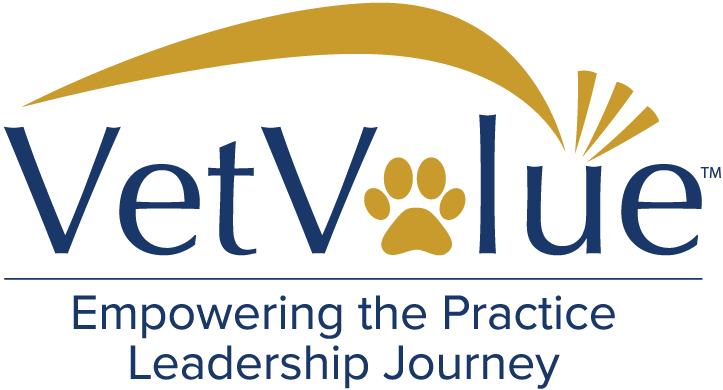This is because the DVM buyer can practice in the clinic if there is no one else to practice there. A non-DVM buyer cannot do this. This fact gives DVM buyers a distinct advantage in acquiring these types of practices. In a competitive market, it pays to look for any advantage that can be obtained legally.
Let’s take a high-level look at some of the strategic issues facing buyers of these kinds of practices.
Empty Practice
The investment of acquiring an Empty Practice where the selling doctor wants to ease out of clinical practice, or leave day one should be closely compared to the cost / return of opening a new practice. Many of the assets (tenant Improvements / build-out / equipment) to be acquired are the same as what what need to be built for a new practice.
However, in a practice acquisition you can also acquire staff who may want to continue, as well as a book of business. These are not part of a new practice build. These assets, what CPAs call “Goodwill”, are harder to incorporate into a purchase price.
It is also true that your efforts as an owner may quickly destroy the value of these assets, or build upon them successfully. If you are the associate at the practice currently, buying out the owner, you should have a head start in nurturing the practice’s goodwill. What role the selling DVM will play post-transaction is also important to whether you can capture and enhance the value of your goodwill in the long term
In many circumstances, a DVM who purchases an empty practice from a retiring DVM can obtain material operational support from the retiring DVM. In most cases, more continuity is better. Having the former owner help with the transition of clients (and staff) can derisk the transaction for the buyer. However, the former owner will need the proper incentives to do this properly. We will discuss more about such incentives in a later article on deal structuring / valuation.
One DVM Practice
If you plan to work at the practice, it should go without saying that your fit with the staff, including the remaining doctor is critical. Before any of the numbers matter, you should think carefully about this issue. If the remaining DVM, or PM leaves, and you expected her to stay, you have a big problem, and may lose a good portion of your investment. This is an issue on which you can’t afford to be wrong.
Make sure you have a chance to see any contract the DVM or Practice Manager has signed with the practice. Do not expect that you will be able to employ key staff at different terms. If anything, you should expect to provide raises, or a pathway to increased compensation for key employees.
A DVM owner who owns another practice in the area may be uniquely positioned to successfully acquire and grow a practice where a single doctor is transitioning with the practice. I think the opportunity is even more compelling if the practice is currently a solo doctor practice where the owner wants to continue to practice, but does not want to be a small business owner.
The advantage of owning a practice nearby is significant because it reduces the chance that the practice being purchased will end up an empty practice. In the worse case scenario where the selling owner or transitioning associate leaves unexpectedly, the damage can be minimized by using the doctors and staff already employed in the buyer’s current practice. A DVM moving to the location (or a corporate) who does not practice in the area is more exposed to this kind of down-side risk. More downside risk means a lower willingness to pay.
There can also be substantial upside for the acquisition if the buyers owns another practice in the area. The buyer acquires a “satellite” that can be cross pollinated with people from your other practice. If you’ve developed a particularly effective system, or attractive culture, you have a good chance to replicate it. Do so, and you can create significant value. Our next installment will cover financing the purchase, and deal structuring / valuation


